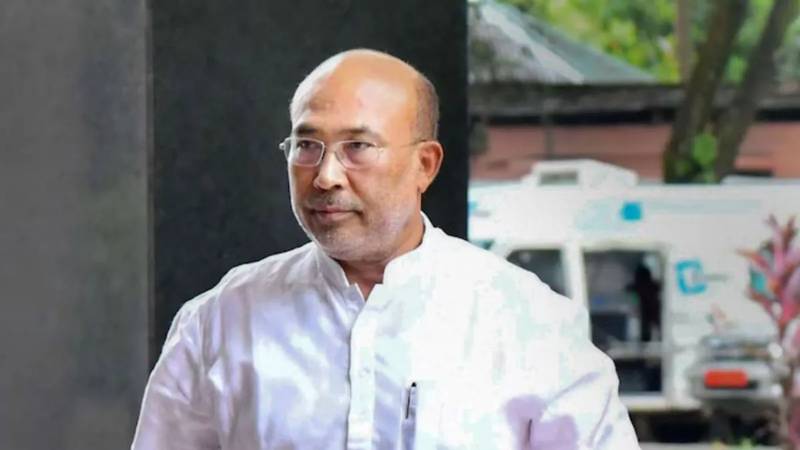
Honeymoon period for Indian women team should end
Indian women’s cricket team has yet again wilted under the pressure of a knock-out game in the semifinal of T20 World Cup recently. Regular defeats at global events raise serious questions, don’t they? Even before the journey is completed, the edgy mind is fighting its own demons.
Not to mention what happened in London, Melbourne, Birmingham and now Cape Town. Of course, the women in blue were emotionally exhausted after the defeat but what seems to be more disconcerting is that it is no longer a singular slip but multiple slip-ups. Indeed, it shows a distinctive inability to hold one’s nerve during critical moments. And the team, by and large, seems to have learnt its lessons.
Without a doubt, the final appearance at the 2017 ODI World Cup revolutionised women’s cricket in India. Cricket lovers thought that the national side will build on with the expectation of that result and challenge the dominance of Australia, but six years later, it continues to wait for an elusive world title. You may argue that this time, the team was on course for a famous win but following a bizarre run out of skipper Harmanpreet Kaur, they imploded and the result was another heartbreaking loss.
The last time India lost in the knockout stage was in the 2018 T20 World Cup semifinals (again to England), the previous T20 World Cup final at the MCG, and the Commonwealth Games gold medal match last year (both to Australia). Factoring in the inconsistent cricket played by India in the league stage, the Harmanpreet Kaur-led side did well to push the Aussies to the limit. Team India should address a few issues if, by and large, they need to pull a victory and go on to win a title. One of the factors is misfielding and poor catching.
Due to missed opportunities in the field, Australia went on to add at least 25-30 runs and you can blame this on India’s fielding coach Shubhadeep Ghosh. And the strike rates of batters were certainly not good enough for T20s. In a tournament like this, Shafali, Deepti Sharma, Yastika Bhatia, and Harmanpreet all had strike rates of less than 110. In the modern game, anything less than 130 is not considered good enough.
Spinners’ performance was disappointing too. Before the World Cup, the spinners were considered the team’s biggest strength, but they have gone off the boil of late and looked pedestrian. Another dilemma with the roles of the coaching staff is also not pleasing and helping the cause either. The BCCI should immediately end the practice of NCA coaches working with women’s teams for short periods of time.
The media (and the public) are less critical of government leaders and sports teams during a honeymoon period. And the women’s team, in particular, has had an extended honeymoon period. The team’s and individual successes are widely celebrated, while shortcomings have been overlooked. And it’s high time to balance praise and criticism like it happens in men’s cricket.
 English daily published in Bengaluru & Doha
English daily published in Bengaluru & Doha






